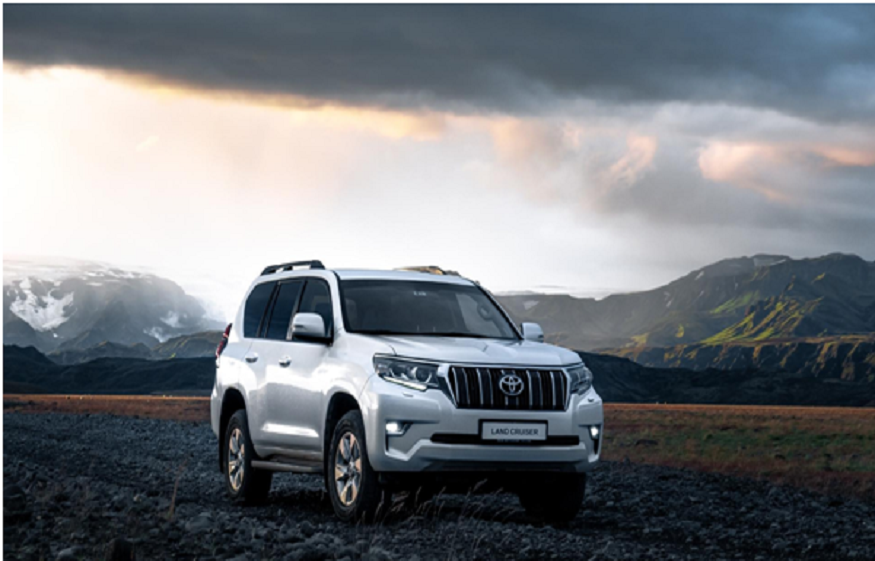Oman is a fascinating travel destination, offering stunning landscapes, rich cultural heritage, and diverse activities throughout the year. Whether you’re exploring the vibrant cities, trekking through mountains, or unwinding by the pristine coastline, choosing the right season can significantly enhance your experience. So it can help you navigate the country comfortably, ensuring you make the most of your visit.
Understanding Oman’s Climate
- Oman experiences a desert climate, with hot summers and mild winters. The best time to visit largely depends on the type of activities you plan to enjoy. From October to April, the weather is most pleasant, making it an ideal time for outdoor adventures and sightseeing. However, different seasons offer unique opportunities for exploration, depending on your interests and comfort level with varying temperatures.
Visiting Oman in Winter (October to April)
Winter is the peak tourist season in Oman, with temperatures ranging between 17°C and 25°C. This is the perfect time to explore Muscat, enjoy desert safaris in Wahiba Sands, and visit the stunning fjords of Musandam. The winter months are also great for experiencing Omani culture, as many traditional festivals and events take place during this time.
Popular Winter Activities:
1- Camping in the Desert: With cooler nights, winter is the perfect time for camping under the stars in Wahiba Sands.
2- Exploring Historical Sites: Visit the ancient forts of Nizwa, Bahla, and Jabrin without the discomfort of extreme heat.
3- Wildlife Watching: The cooler months attract migratory birds, making it a great time for birdwatching in nature reserves.
4- Dhow Cruises: Enjoy a scenic cruise along the Musandam Peninsula with breathtaking views of rugged cliffs and crystal-clear waters.
Exploring Oman in Summer (May to September)
Summer in Oman can be extremely hot, with temperatures often exceeding 40°C. While it may not be the best time for sightseeing in the interior regions, coastal areas such as Salalah offer a refreshing escape. The Khareef season, from June to August, brings cooler temperatures and lush greenery to the Dhofar region, creating a stark contrast to the otherwise arid landscape of Oman.
Best Places to Visit in Summer:
Salalah and Dhofar Region: Experience the monsoon rains and mist-covered hills, making it feel like a tropical paradise.
Jebel Akhdar: The higher elevations provide a cooler climate, perfect for escaping the heat.
Wadis and Waterfalls: Visit Wadi Shab, Wadi Bani Khalid, or Ain Athum Waterfall for a refreshing dip in natural pools.
Coastal Escapes: Head to the beaches of Ras Al Jinz and Al Sawadi for cool sea breezes and marine adventures.
Best Time for Outdoor Activities
Oman is a paradise for adventure seekers, and the best time for outdoor activities depends on what you want to do.
Hiking and Trekking: The best months for hiking are from November to March when temperatures are moderate. Jebel Shams and Jebel Akhdar offer spectacular trails.
Desert Adventures: October to April is ideal for desert excursions, as the sand is not scorching hot, making it easier to enjoy dune bashing and camel rides.
Diving and Snorkeling: The waters remain warm throughout the year, but visibility is best from April to June and September to November.
- Caving and Rock Climbing: The Al Hoota Cave and the rugged cliffs of Wadi Ghul provide thrilling experiences for adventure enthusiasts.
Cultural Festivals and Events
Oman hosts several cultural events that allow visitors to immerse themselves in local traditions and heritage. Some of the most popular festivals include:
Muscat Festival (January-February): A celebration of Omani culture with traditional music, dance, and food stalls.
Salalah Tourism Festival (July-August): Showcasing the beauty of the Dhofar region during the Khareef season.
National Day Celebrations (November 18): A nationwide event featuring parades, fireworks, and cultural performances.
Ramadan and Eid celebrations: a good time to experience the pious and social Omani life.
Seasonal Travel Tips
Winter: Pack light jackets and comfortable shoes for venturing outdoors. Weather-wise, this is the best season for viewing and conducting adventure sport activities.
Summer: Stay hydrated, cloth comfortably, and head along to coastal destinations like Salalah – it can be cooler during monsoon rains.
Spring & Autumn: These transition periods offer a balance of favorable weather and fewer tourists, making it a great time to visit lesser-known attractions.
Festival Season: Plan your trip around cultural events to get the most out of your visit, ensuring you experience Oman’s rich traditions and hospitality.
Additional Travel Considerations
Accommodation Prices: Winter is the peak season, so book your hotels in advance to avoid high rates and limited availability.
Transportation: While public transport is available, renting a vehicle offers the best flexibility to explore Oman’s diverse landscapes.
Health Precautions: Carry sunscreen, sunglasses, and a reusable water bottle to stay hydrated and protected from the sun.
Local Customs: Respect Omani traditions by dressing modestly and following cultural norms, especially in religious sites and rural areas.
Final Thoughts
The best time to visit Oman depends on your travel preferences and the experiences you seek. Whether you’re looking for cultural immersion, outdoor adventures, or relaxation by the sea, Oman has something for every traveler. Each season brings unique opportunities, from the lush greenery of Salalah’s Khareef season to the cool desert nights of winter. Before planning your trip, consider the seasonal factors to ensure a comfortable and enjoyable journey. The rent a car company can provide seamless transportation options, making your exploration of Oman stress-free and memorable.

